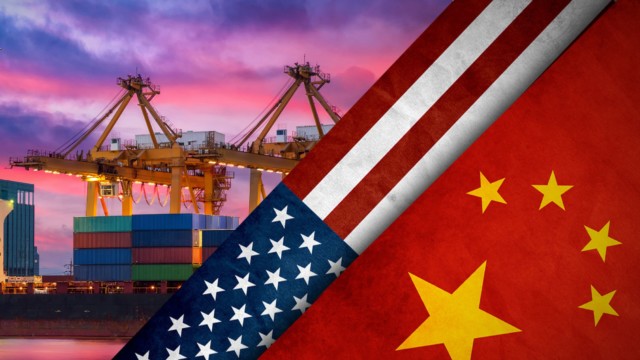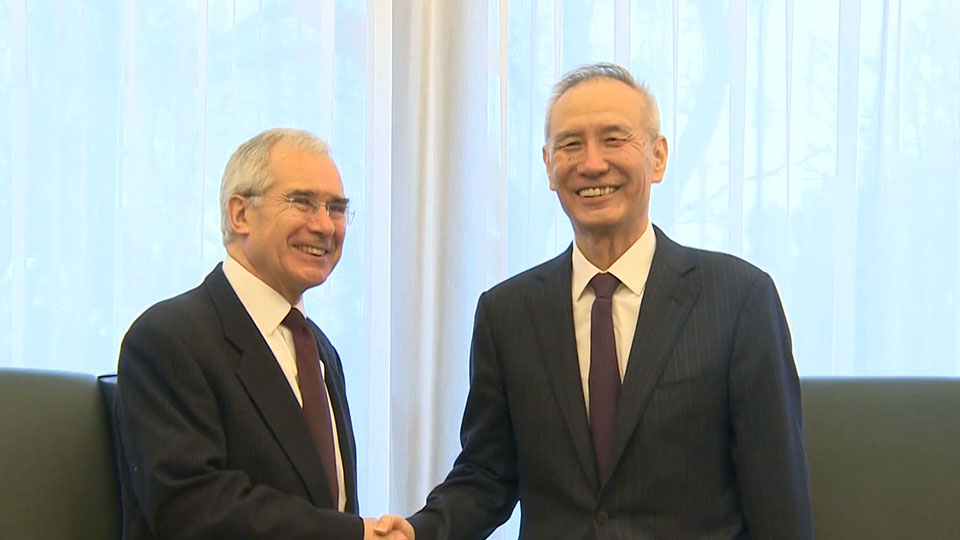Trade tensions between the U.S. and China are being heatedly debated at China’s Two Sessions. Beijing has signaled it will respond to tariffs U.S. President Donald Trump has said he will impose on steel and aluminum.
Bilateral trade topped $580 billion in 2017, and what could happen to that number is unclear.
CGTN’s Nathan King reports.
“We need great steel makers, great aluminum makers for defense,” U.S. President Donald Trump said as he announced his long-promised tariffs. The measures will impose a 25 percent global tax on steels imports, and a 10 percent tax on aluminum.
American allies and neighbors will be the hit the hardest, with Canada, the Republic of Korea and Mexico among the biggest importers. China comes in as the 11th largest on that same list.
But Chinese products like aluminum foil have already been targeted, and the Trump White House is indicting more moves against Beijing on investment, intellectual property and technology transfers.
The U.S. is also moving to block more foreign investment, expressing concern at Chinese ownership in areas ranging from semiconductors and communications to financial services.
At this week’s National People’s Congress in Beijing, Chinese Premier Li Keqiang said Beijing was committed to open trade, but would also defend itself.
“China will unswervingly promote the globalization of the free economy, and protect free trade,” he said in part. “China calls for trade disputes to be settled through fair discussions, opposes trade protectionism, and will resolutely safeguard its lawful rights.”
China could respond by curtailing agricultural imports from the U.S. Beijing imports about $14 billion worth of soybeans from America every year, but could choose to source them elsewhere, possibly from Brazil. Separately, Beijing has already launched an investigation into potential U.S. dumping of Sorghum in China.
Meanwhile, Chinese leaders are continuing to correct problems in its overcapacity of steel and other products. Li Keqiang said this week that China will cut a further 30 million metrics tons of steel production in 2018, on top of the 170 million already cut in the last 5 years. The move will come at a cost of over one million jobs.
After Trump’s “state visit-plus” last November, China committed to opening up its financial and insurance industry further.
This message was surely delivered last week when China’s top economic advisor Liu He was in Washington for talks.
But the problem for China, and other big trading partners with the U.S., is that the Trump administration may not be happy with just imposing tariffs. The administration says it is unhappy with the international trading system itself. This week, the White House again took aim at the World Trade Organization, an organization built on U.S. free trade principles.
“What I think what the President wants to do with the World Trade organization is to send a very strong signal to them, across the board on this issue that we are not going to take it anymore,” White House trade advisor Peter Navarro said in a TV interview.
Imposing tariffs and taking on the global trading system may backfire on the US President, however. Many of his political allies are against starting a trade war, saying the economics don’t add up. Most economists also agree that Trump’s policies will destroy jobs, investment and American competitiveness. But the damage may take years to show, up and by that time, it could be too late.
Mark Lehnardt discusses US-China trade tensions
CGTN’s Mike Walter spoke with attorney Mark Lehnardt about trade tensions between the U.S. and China.
 CGTN America
CGTN America



